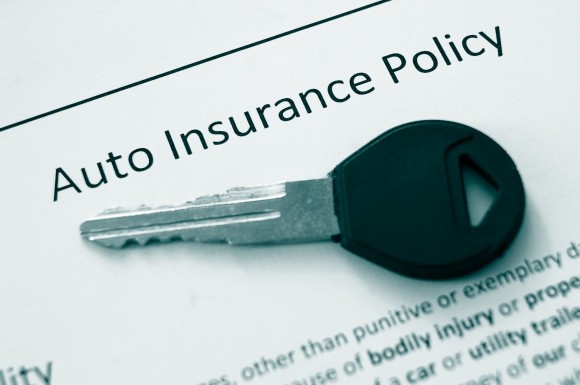The Pennsylvania Supreme Court has agreed to consider a case that could limit application of the “regular use exclusion” in auto insurance policies.
The state’s high court has agreed to review a Superior Court ruling that the regular use exclusion violates the state’s motor vehicle financial responsibility law. A regular use exclusion precludes coverage for injuries to insureds when they are using vehicles that they do not own but regularly use.
Last October, the three-judge panel of the Superior Court held that a regular use exclusion is unenforceable because it limits the scope of underinsured motorist (UIM) coverage that the Motor Vehicle Financial Responsibility Law (MVFRL) requires insurers to provide. The Superior Court found that an insurer has a duty to provide UIM coverage unless the insured has signed a valid rejection form. That ruling upheld a 2020 decision by a trial court.
Erie Insurance Exchange is challenging the Superior Court’s position. It argues that the regular use exclusion is a legitimate and an enforceable limitation on the scope of UIM coverage that it is required to provide to Insureds.
The state Supreme Court will now decide whether the lower court erred in invalidating the regular use exclusion.
The case involves Matthew Rush, a city of Easton police detective, who suffered serious injuries when two other drivers crashed into his police car on November 28, 2015. The city of Easton owned the police car and insured it through a policy of insurance that provided for UIM coverage.
Erie Insurance Exchange denied the Rushes’ UIM claim because he did not own, but regularly used, the police car.
The Rushes insured three personal automobiles on two insurance policies through Erie Insurance. They paid for stacked UIM coverage on both policies. Both Erie policies include identical “regular use” exclusion clauses precluding Erie Insurance from providing UIM coverage when an insured suffers injuries arising from the use of a motor vehicle that the insured regularly uses, does not own, and does not insure on the Erie policies. UIM coverage is triggered when the tortfeasor’s liability coverage is not sufficient to cover the injuries incurred in an accident.
According to the Supreme Court, it must decide whether the Superior Court ruling is in direct conflict with the Pennsylvania Supreme Court’s own previous decisions and whether the Superior Court erred as a matter of law by finding that the regular use exclusion violates the financial responsibility law.
The Superior Court said that insurers are relieved of the obligation of providing uninsured or underinsured coverage, or both, only when an insured waives such coverage by signing a “statutorily prescribed rejection form.”
The court said that the financial responsibility act mandates that insurers provide insureds coverage when the insured satisfies three requirements. The insured must have suffered injuries arising out of the maintenance or use of a motor vehicle; be legally entitled to recover damages from the at-fault underinsured driver; and have not rejected UIM coverage by signing a valid rejection form.
“[T]he provisions of the MVFRL pertaining to the required scope of coverage and content of automobile insurance policies, and benefits payable thereunder, impose mandatory obligations applicable to all automobile insurance providers in this Commonwealth. Importantly, where a provision of an insurance contract contravenes the MVFRL, we shall find that provision unenforceable,” the Superior Court concluded.
Topics Auto Pennsylvania
Was this article valuable?
Here are more articles you may enjoy.



 Progressive to Pay $48M to New York Drivers Over Underpaid Total Loss Claims
Progressive to Pay $48M to New York Drivers Over Underpaid Total Loss Claims  Update: Beryl Rakes Mexico’s Yucatan With Hurricane Winds and Heavy Rain
Update: Beryl Rakes Mexico’s Yucatan With Hurricane Winds and Heavy Rain  Reinsurers’ Appetite Grows During Mid-Year Renewals but Discipline Remains: Brokers
Reinsurers’ Appetite Grows During Mid-Year Renewals but Discipline Remains: Brokers  NCCI Identifies ‘Big 3′ Workers’ Comp Issues to Watch
NCCI Identifies ‘Big 3′ Workers’ Comp Issues to Watch 

